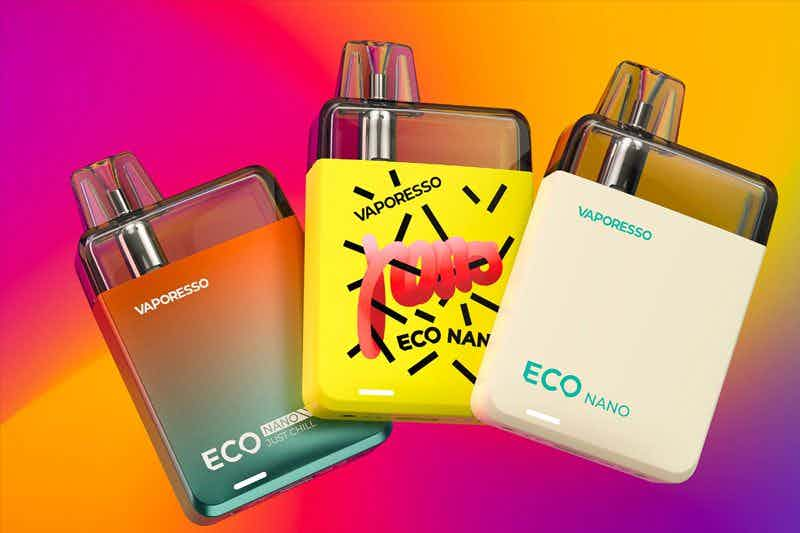Best Practices for Cleaning Vape Tanks Without Damage
Vaping has become a popular alternative to traditional smoking, and maintaining the longevity and performance of your vape tank is crucial for an optimal experience. Cleaning vape tanks not only enhances flavor but also prevents the buildup of residue that can affect the device’s performance. Here, we provide a detailed review of the best practices for cleaning vape tanks without causing damage to the device.
Product Features
The cleaning process for vape tanks typically involves a few key steps, focusing on the following aspects:

1. Material Compatibility: Most vape tanks are made of glass or stainless steel, which require specific cleaning methods to avoid scratches or corrosion.
2. Cleaning Solutions: Utilizing the right cleaning agents, such as isopropyl alcohol and distilled water, is critical for effective cleaning without damaging internal components.
3. Disassembly: Proper disassembly of the tank is vital. Removing the coil, glass, and o-rings should be done carefully to prevent damage during the cleaning process.
Using Experience
Users often report that a thorough cleaning significantly improves the taste and vapor production of their devices. A simple soaking method in a solution often yields the best results. The majority find that rinsing the components under warm water after soaking can remove lingering residues effectively. Many users appreciate the enhanced performance that comes after a proper cleaning regimen, as it revives old flavors and clears out any burnt or unpleasant tastes.
Competitor Comparison
When comparing various cleaning techniques and solutions, several competitors provide products aimed at vape tank maintenance. For instance, specialized cleaning kits designed for vape tanks may come equipped with brushes, cotton swabs, and solutions. However, the simplicity and effectiveness of home methods using household items, like vinegar and baking soda, have proven to be cost-effective alternatives. This makes basic cleaning methods accessible to a broader range of users without the need for specialized products.
Advantages and Disadvantages
Advantages:
– Cost-Effectiveness: Cleaning vape tanks at home using basic products saves money compared to purchasing specialized cleaning kits.
– Enhanced Vaping Experience: Regular cleaning leads to better flavor and vapor quality.
– Extended Equipment Lifespan: Proper maintenance prevents wear and accumulation of residue that can damage the tank over time.
Disadvantages:
– Time-Consuming: The cleaning process can take time, especially if a thorough soak is required.
– Risk of Damage: Improper handling during disassembly or using aggressive cleaning agents can lead to scratches or other damages to the tank.
Target User Demographic
The ideal target users for effective vape tank cleaning practices include both novice and experienced vapers. Beginners can benefit from learning these methods to maintain their devices from the start, while experienced users may be looking to preserve the quality and taste of their vape experience as they delve into different e-liquids. Additionally, health-conscious users who prioritize cleanliness in their vaping habits will find these practices beneficial for ensuring their experience remains enjoyable and free from harmful residues.
In conclusion, adopting best practices for cleaning vape tanks is essential for all users aiming to enhance their vaping experience. By following proper cleaning protocols and being mindful of materials, users can enjoy a cleaner, fresher, and more flavorful vaping journey.




